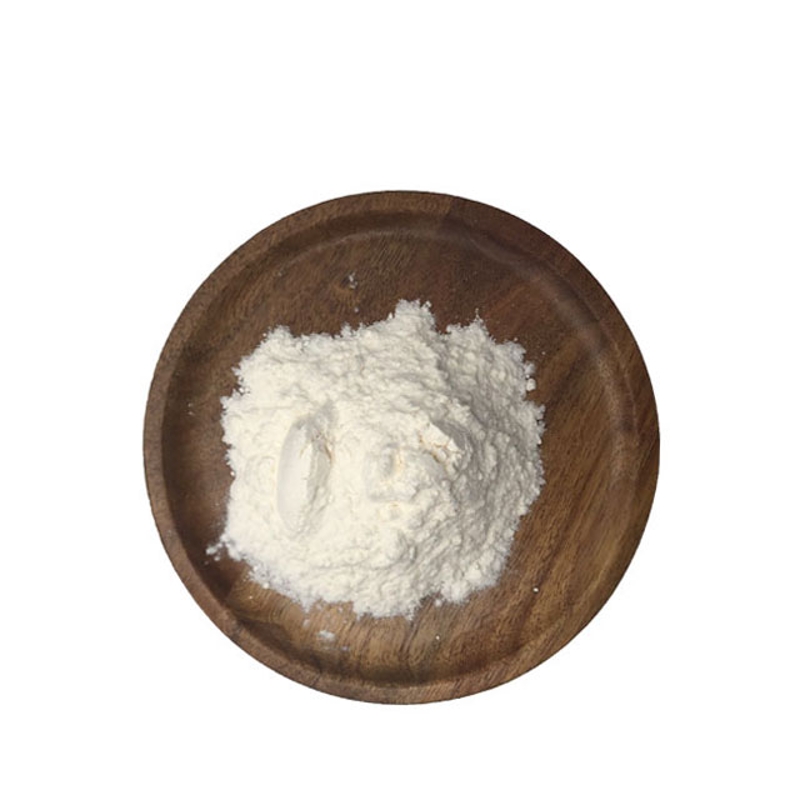Nat mate: new mechanism of cancer metastasis revealed
-
Last Update: 2020-02-12
-
Source: Internet
-
Author: User
Search more information of high quality chemicals, good prices and reliable suppliers, visit
www.echemi.com
February 12, 2020 / BIOON / -- researchers at the Francis Crick Institute have found a key mechanism to control tissue structure, which may help identify drugs that make cancer cells more difficult to spread The study, published in nature materials, explains the mechanisms that lead to changes in organizational structure These studies used experimental biology and computational biology to determine how collisions between cells can help create different tissue structures Some of these structures contribute to the spread of cancer, and the authors have found drugs that inhibit this process Photo source: all tissues in nature materials contain protein scaffolds to maintain their structure This kind of scaffold will degenerate with the aging of people, leading to aging signs such as wrinkles Cancer cells can destroy the shape of the scaffold, thus creating a tissue structure, and through various ways from the tumor into the surrounding tissue Cancer cells use these superhighways to spread along them to new areas However, although we know that these superhighways are related to the development of cancer, little is known about the mechanism controlling the formation of these tissues Danielle Park, a research scientist at Crick cancer cell biology laboratory, said: "these superhighways provide a way for cancer cells to get out of the tumor and spread more widely in tissues, which may have disastrous consequences for patients By learning more about how this structure is formed, we can find ways to stop it and set obstacles to the spread of cancer cells "By combining observations from laboratory experiments with the results of a new computer model developed by the team, the researchers found how the shape of tissue scaffolds is influenced by their interaction with specialized cells (called fibroblasts) that help build scaffolds "Our computer models are inspired by how birds and fish (in our case, fibroblasts) move closely in groups or groups," said Esther wershof, a PhD student at the Crick biomolecular modeling laboratory "With this model, it's much easier to study the relationship between cells and scaffolds than to observe them in real life "Further studies have found that a key factor in the formation of tissue with highways is the way fibroblasts behave when they collide with each other By identifying a protein that regulates these collisions (tfap2c), researchers can look for drugs that inhibit the protein, thereby disrupting the formation of superhighways and the spread of cancer cells Using existing datasets and laboratory experiments, this study successfully identified five drugs that affect the formation of highways in tissues "This work is a good example, when experimental biologists and computer biologists work together, they can discover these new knowledge "By working together and using a range of technologies to bring different expertise to the table, we can reach a new understanding of how the human body works and how to better treat diseases," said Paul Bates, head of Crick biomolecular modeling laboratory Reference: Danielle Park et al Extractive matrix anisotropy is determined by tfap2c dependent regulation of cell collations, nature materials (2019) Doi: 10.1038/s41563-019-0504-3
This article is an English version of an article which is originally in the Chinese language on echemi.com and is provided for information purposes only.
This website makes no representation or warranty of any kind, either expressed or implied, as to the accuracy, completeness ownership or reliability of
the article or any translations thereof. If you have any concerns or complaints relating to the article, please send an email, providing a detailed
description of the concern or complaint, to
service@echemi.com. A staff member will contact you within 5 working days. Once verified, infringing content
will be removed immediately.







